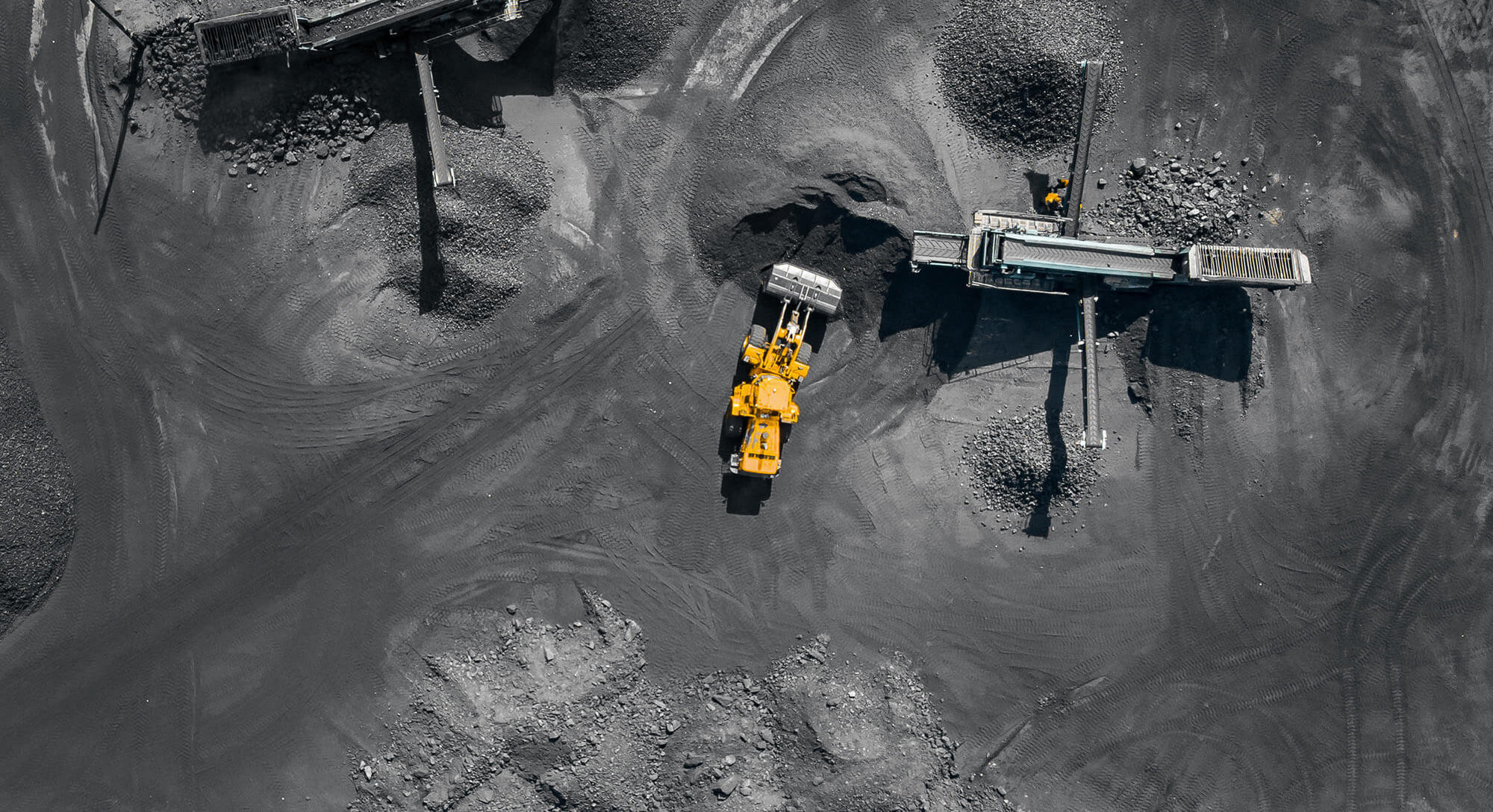Goals
- Automatic data extraction from plant PLCs
- Develop a calculation and aggregation engine for reporting
- Strict validation of data manual and automatically-derived data
- “Back filling” of data from existing systems
- Static and dynamic reporting
Solutions and Products
- AVEVA Intelligence
- AVEVA Historian
Challenges
- Elimination of traditional spreadsheets while establishing confidence in the new system
Results
- Greatly improved decision making
- Single version of the truth
- Replaced Excel as a reporting solution
- Independence from system integrator and ease of use
- Collation of data from multiple sources
- “Back fill” capability leverages existing Historian data allowing back-tracking as far as needed
- Validation of all data and the ability to go back in time and correct errors
Lephalale, Limpopo Province, South Africa
An operation the size of Exxaro’s Grootegeluk coal mine depends on accurate and timely contextualised plant-level information to be effective. With the necessary expansion of the processing plant to supply the new Medupi power station, traditional manual methods and spreadsheets would no longer be able to cope and Exxaro looked for a solution that would give them the necessary reporting for effective decision support.

